| Depositional environment | Typical biomarker patterns | Reference example |
|---|---|---|
| marine | 24-n-propylcholestane | Moldowan et al., 1985 |
| lacustrine | botryococcane and other biomarkers of Botryococcus (fresh to brackish water) elevated concentrations of C30 tetracyclic polyprenoids (fresh to brackish water) | Metzger and Largeau, 1999 Holba et al., 2003 |
| hypersaline | C21 to C25 regular isoprenoids enriched in 13C relative to biomarkers of phytoplanktonic origin, high gammacerane1 | Grice et al., 1998b Sinninghe Damste et al., 1995 |
| terrestrial organic matter input | diverse biomarkers of higher plants | Summons and Brocks, Treatise on Geochemistry |
| strongly anoxic conditions (water column anoxia?) | 28,30-dinorhopane, 25,28,30-trisnorhopane, gammacerane1 | Peters and Moldowan, 1993 Sinninghe Damste et al., 1995 |
| photic zone euxinia2 | isorenieratane, 2,3,6- and 2,3,4- trimethylarylisoprenoids, chlorobactane, Me, isobutyl maleimide | Grice et al., 1996a, Hartgers et al., 1993, Koopmans et al., 1996a, Summons and Powell, 1987 |
| carbonates and evaporites | low diasterane/sterane ratios1 | van Kaam-Peters et al., 1998 |
| high 2a-methylhopane concentrations1 | Summons et al., 1999 | |
| high 30-norhopanes1 | Subroto et al., 1991 |
1 Typical for, but not necessarily restricted to, this depositional environment
2 This might include environments with an anoxic and sulfidic water column that persists into the photic zone, or microbial mats in very shallow water settings that become anoxic within millimeters below the sediment water interface


